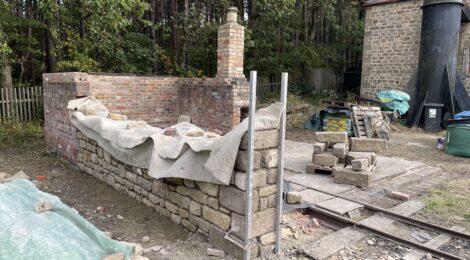
Transport & Engineering Diary October 2025 Part 1
October is proving to be as busy as every other month has been, with lots of news from the team as activity in various areas and on various projects continues at a brisk pace. As usual, we will split the activity into fortnightly reports. Here is Part 1.
Narrow Gauge Railway
Below: The realignment of the main curve, with the addition of the new pointwork, overhaul of all of the crossing bearers on the top yard turnouts and creation of a new siding is now just about complete, with dressing off and a buffer stop remaining to be done when these photos were taken on the 10th October.
Below: Another view of the revised layout, showing the revised curve towards Pockerley, and new siding/headshunt. At some point we really mus get around to putting a roof on the shelter to the left – the uprights were installed as part of the fencing work that was carried out post COVID-19. I would like to extend the visitor access around the back of the shed to the left of this view, to open up views of the railway when it is in operation. The narrow gauge has rather evolved out of available material and resource, but the top yard is more or less fixed now. I would still like to look at extending the line from the Sinkers end, crossing the standard gauge on the flat and heading to the Band Hall end of the Colliery – but again this would be reliant on materials etc. becoming available.
Below: Work has also resumed on the stone narrow gauge engine shed, which is based on that located at Chadwick Nick, on the Crich Mineral Tramway (a narrow gauge mineral railway in Derbyshire closely associated with George Stephenson). The work stopped some years ago, but the walls are now underway, with doors and window under construction in the joinery. The shed has been enlarged (vertically) slightly, to allow cabbed locomotives to fit, as the pit is a vital part of carrying out their Fitness to Run examinations.
West Hartlepool Bus 36
Below: Conservation work is underway to stabilise the bus – an example being the internal panelling. The original paint and varnish has crazed, and to remove it would be a laborious job – so it is being sealed and repainted – the first view shows on the left what is being dealt with, and on the right the appearance after the first coat of paint. The objective is to present the bus in as original condition as is practicable, and still be able to use it to some extent around the museum during it’s stay with us.
Blackpool Tram 31
Below: The first of two replacement crossmembers has been fitted to Blackpool 31 – seen here in the red-oxide primer. The brake hanger brackets have been fitted already. The second crossmember has now been removed for replacement, and this will be inserted back into the bogie frame to enable the brake gear to be reassembled.
Lisbon Tram 730
Below: Whilst this tram waits on a slot in the main depot in order to utilise the pit and have one/both motors removed, some work is being carried out on the body, to address some localised areas of rot and dampness. This will lead to a partial repaint, much in the same way as has been carried out on Sunderland 16 and Newcastle 114.
Below: Whilst most areas to be tackled were largely superficial in nature, one of the corner pillars had more extensive rot developing, which has been cleaned back, hardened and then filled.
It had been the intention to repaint 730 into Darlington Electric Railway livery, which is dark blue and ivory, and this remains a longer-term option. But in the interests of cost and expediency, the work being carried out is being done in such a way as to minimise the level of repainting necessary as we don’t want to delay the tram’s eventual entry into service, due to a long-running repaint being underway.
Tramway
Below: For almost as long as I’ve worked at Beamish, the subject of the trackwork outside the tram depot has been on the ‘one-day’ list. We are now rapidly approaching the point where the life-expired track can no longer be repaired, and wholesale renewal will have to be considered. Whilst we have a few more years to work up a plan, and find the funding for what will be very expensive work, a start on quantifying this has nevertheless been made. Voestalpine visited the site earlier this month to begin a survey of what would be required. We anticipate lengthening the depot roads, to allow for future extension of the tram depot, and therefore moving all of the turnouts back, towards the point the photograph was taken from. There is a likelihood that we’ll have to make the depot area more secure, and so a period wall with gates is also something that will be a factor in the planning, probably in the vicinity of the traction pole in the foreground of the photo below, with gates allowing tram/bus access/egress from an inner yard area. I am conscious people like to look into the depot, so some thought about how we maintain a view on what is going on is being considered – of course, reading this blog will go some way towards this! But we do have to make the buses parked outside more secure, and the building access will need better controls, particularly as the regulations around the Terrorism (Protection of Premises) Act 2025 come into effect.
Below: The base station gathering information as part of the survey. A decent and consistent surface for the rest of the depot yard area will also be a factor to consider. At present there is no timescale for this work, but it is nevertheless part of our planning for the next few years of work at the museum. Longer term, the depot could be extended and a period-style facade would be a nice addition – I’ve always thought that the Haughton Road Darlington Corporation bus depot would be a suitable example on which to base the design for this.
Below: The base station gathered data points allowing a detailed map of the area to be created, from which proposed track designs can be derived.
Leyland Cub FK9 Fire Engine
Below: We have collected another Leyland fire engine, having been offered this example by the museum at Preston Hall. This FK9 example dates from 1939 and was new to the Thornaby-on-Tees Municiple Fire Brigade. It then served with the National Fire Service from 1941 until 1948 before passing to the North Riding of Yorkshire Fire Brigade. It was later sold into industry for use as the Head Wrightson works appliance in Thornaby. I understand that it was first preserved in Hampshire, and later sold in the 1980s, becoming part of the collection at Preston Hall Museum, with a stint on display at Shildon Lorry Museum (from 2008 – closed soon after). I have seen photo of it in 2016 at NELSAM, on display there, so it’s movements in preservation have been quite varied. It was offered to us as a non-operational vehicle, but Phil, Phil and Sam have visited it and re-fitted the missing engine sump and were able to start it – this enabled it to be driven into a suitable location for loading and transport to Beamish. Let’s hope that one day we can build a fire station to display our collection of hand, steam and petrol fire engines in…
Below: The vehicle was uploaded by a HIAB crane on the 6th October, and moved to Beamish, where it is now stored pending a further move into long-term storage on site.
Northern General Transport Company 388
Below: Better known as the ‘SOS’, this bus has had the front axle removed for repair, after it was recently damaged during an encounter with an immovable object. The axle has been moved to the machine shop for repair.
Steam Elephant
Below: On the 13th October, Steam Elephant’s boiler was hydraulically rested for the museum’s insurance survey. This is a standard procedure and entails filling the boiler with water, after blanking off some of the steam feeds it supplies, to a pressure 1.5 times the working pressure (in this case the loco operates at 55psi, so it was a test at 82.5 psi on the gauge). It then has to demonstrate to the surveyor that it can sustain that pressure without leaks and the pressure dropping, across a prescribed amount of time. This it did, and accordingly the paperwork has now been issued. The next test will be in steam, with our own tests and setting of the valves etc. being undertaken in the meantime. This will then give the locomotive the full 2026 season without any interruption of the boiler service.
In the first view, the hand-pump is used to exert the required pressure, whilst in the second, the gauge tells reflects what was described above.
Dunrobin’s hydraulic test will take place this week, and will be reported on in due course.
Further adventures for Samson in Wales
Below: Samson took part in the Ffestiniog & Welsh Highland Railway’s Bygones Railway over the weekend of the 4/5 October 20255, operating a short rake of wooden slate waggons to Rhiw Goch passing loop and siding. These photographs, from various contributors, show Samson’s exploits over the weekend, as it rubbed shoulders with some well-known and familiar narrow gauge motive power.
Below: Samson’s train is parked on top of the longer demonstration goods train – giving the appearance of ambition perhaps rather beyond Samson’s capability!
Below: A useful reminder of just how small Samson is…
There is some footage of Samson during the event here:
Within days of the event closing, Samson was being stripped and the first tubes removed by the volunteer team at Boston Lodge, led by Matt Ellis. It is very pleasing to see the locomotive performing so well – I do think that the track at Beamish, being steeply graded and sharply curved, can make life for Samson more challenging than the superb track on the Ffestiniog, which is unencumbered by infill – this can be quite an obstacle for Samson and it takes several runs to clear out the grooves when it operates at Beamish, something we can keep in mind for future operation here.
Photos in this post by: Phil Doran, Matthew Ellis, Paul Jarman, David Moseley, Phil Smith, Rachel Swales, Ash Wiseman and Sharon Wiseman


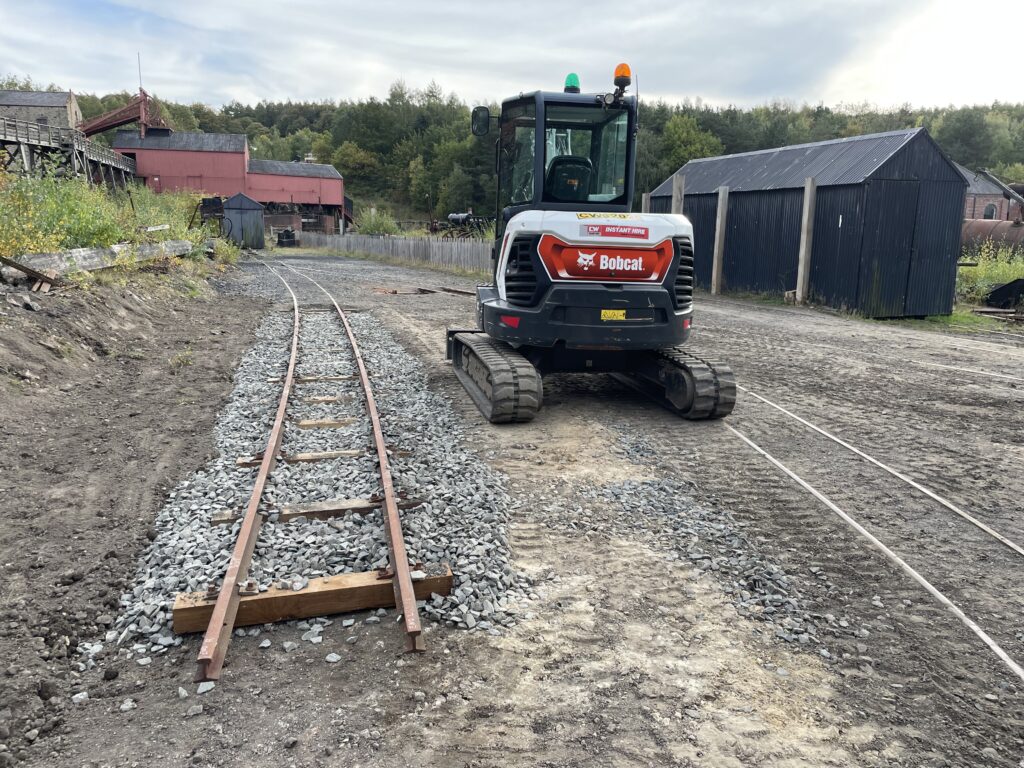
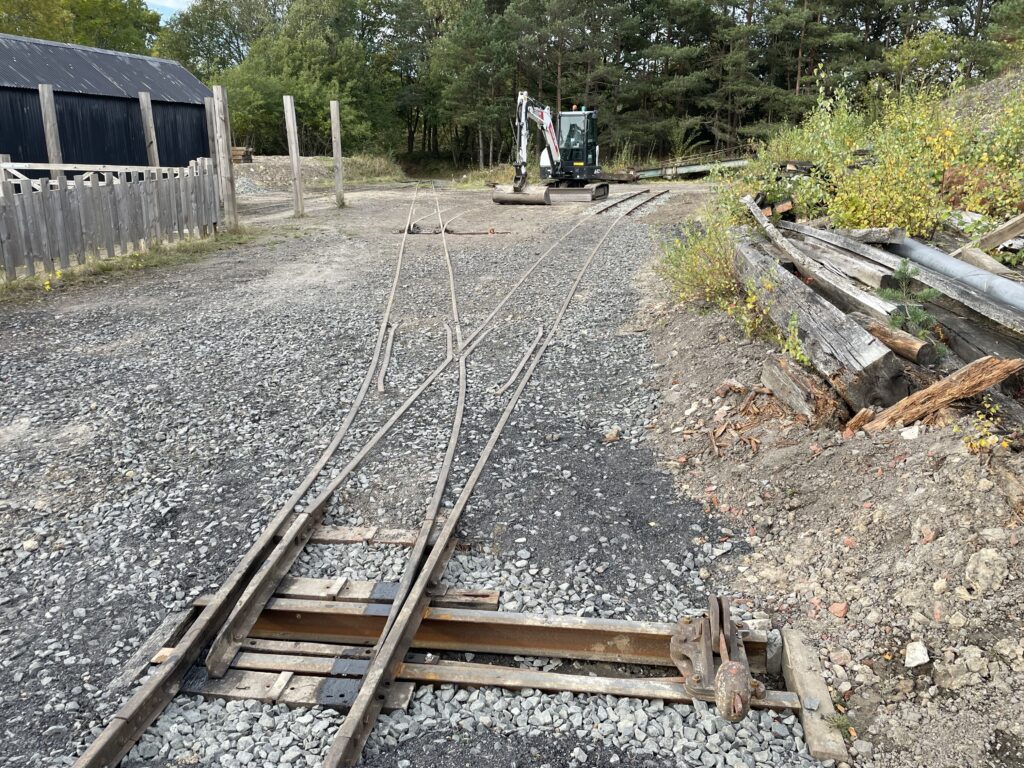
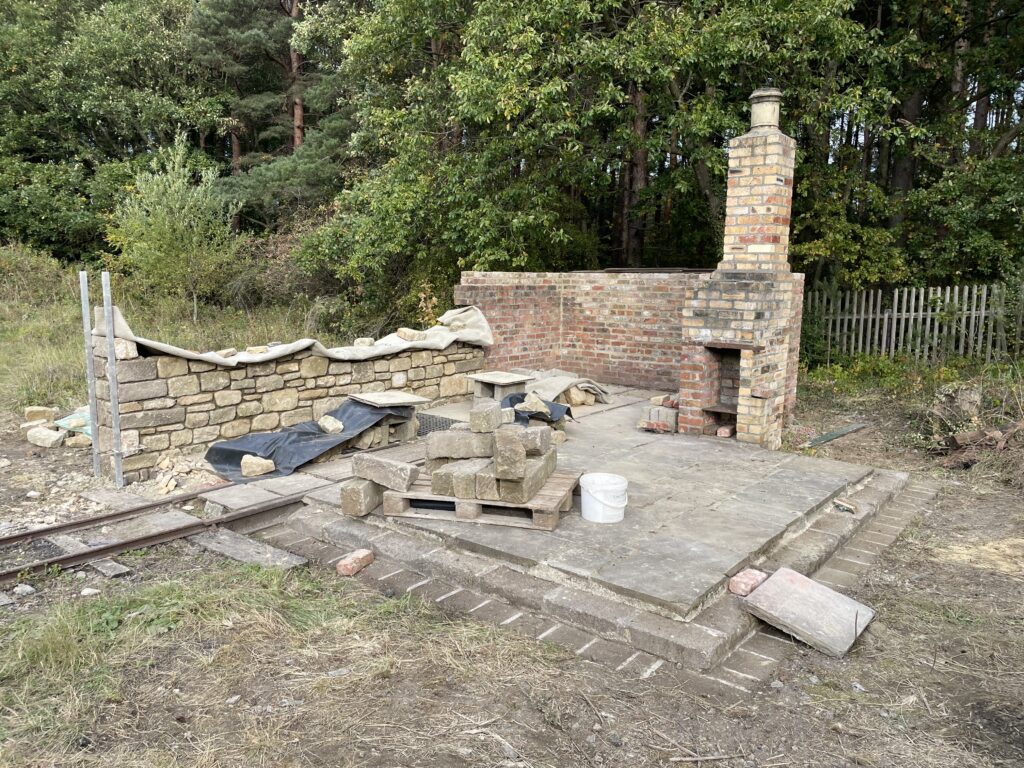
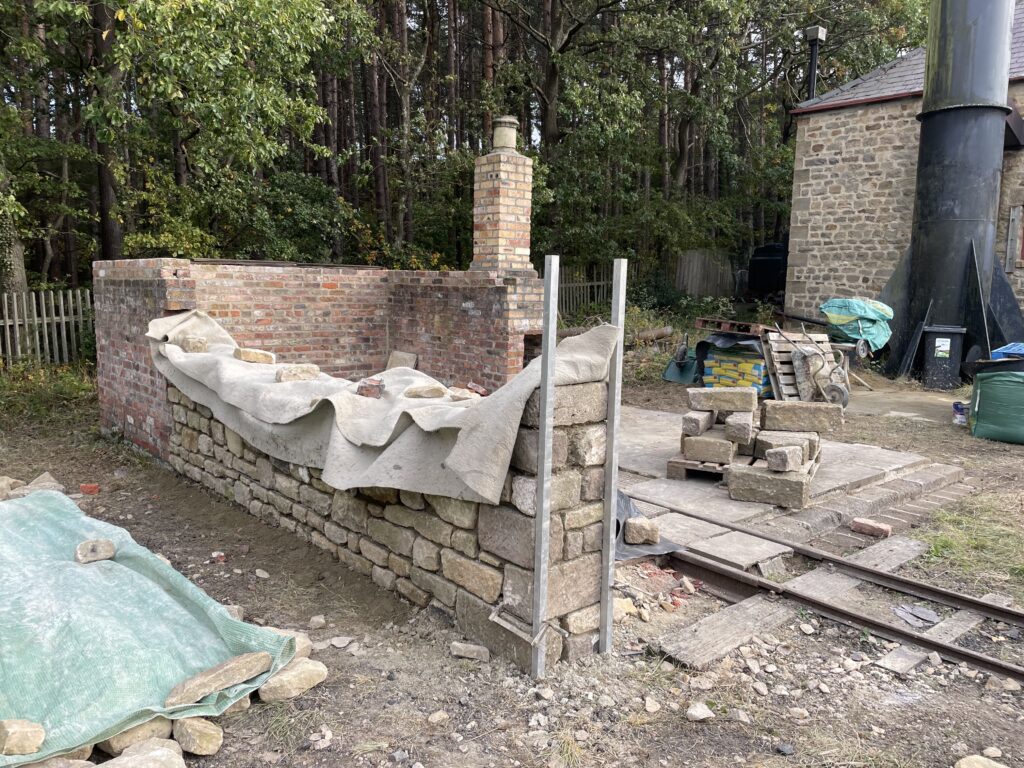
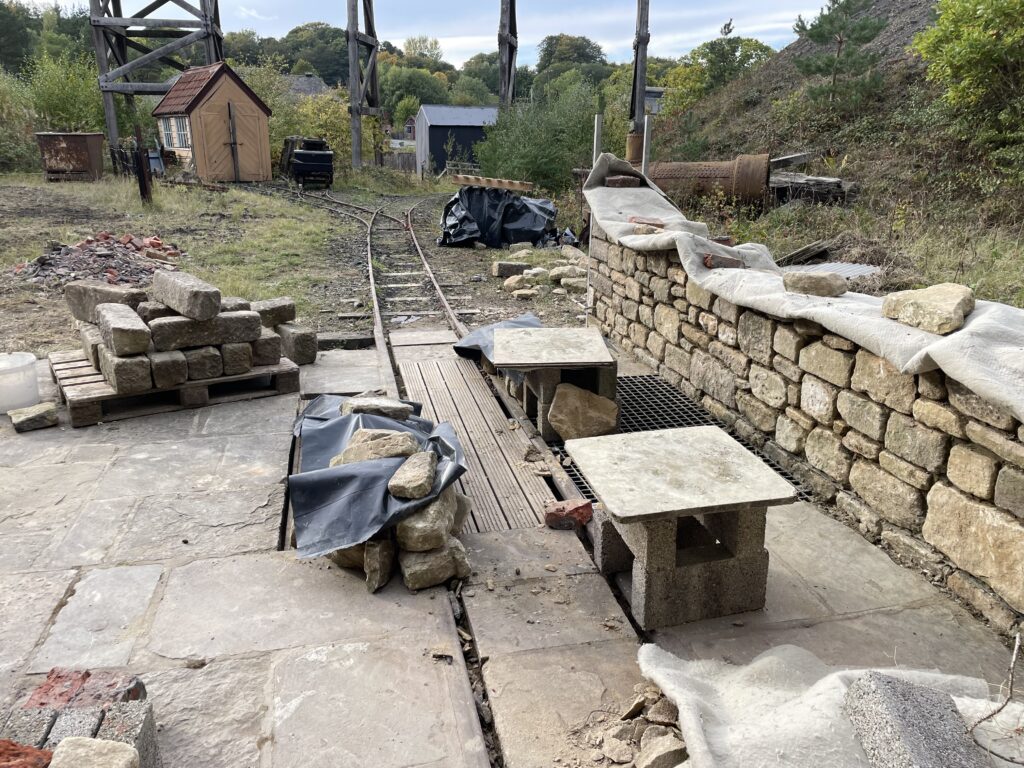
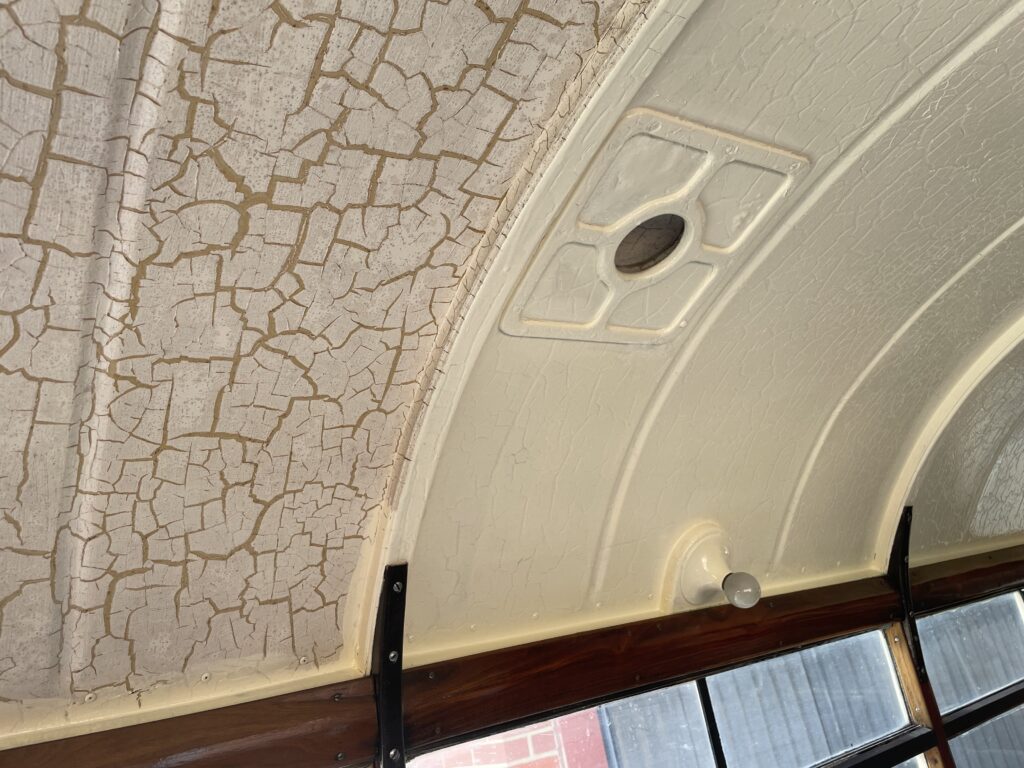

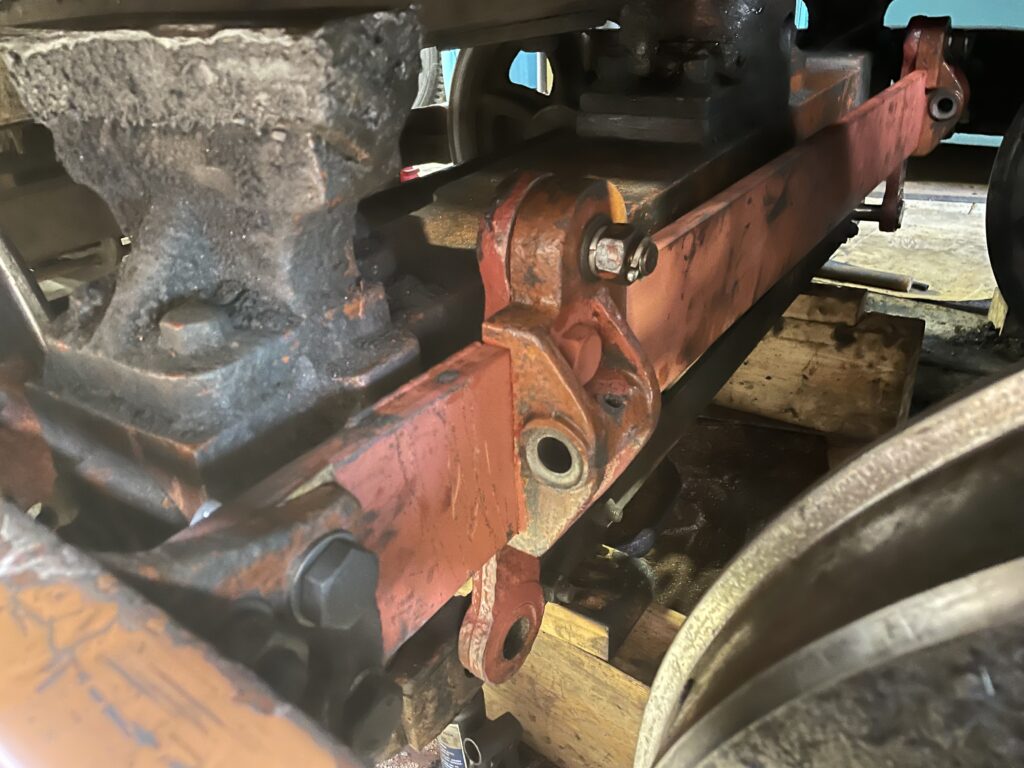

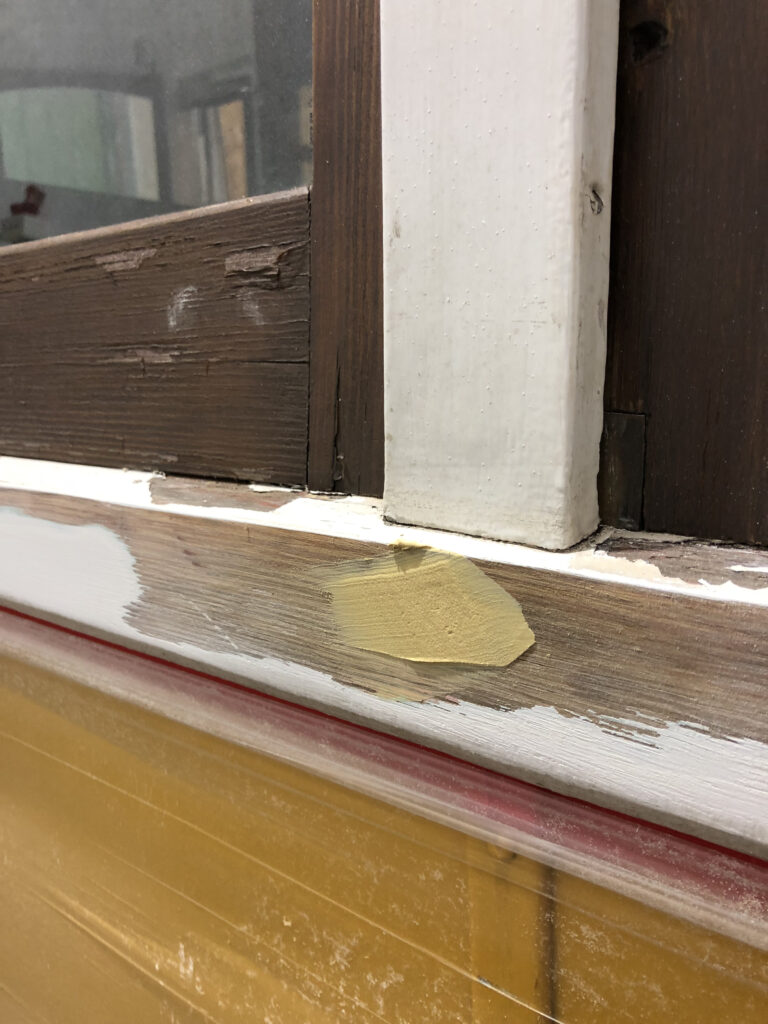
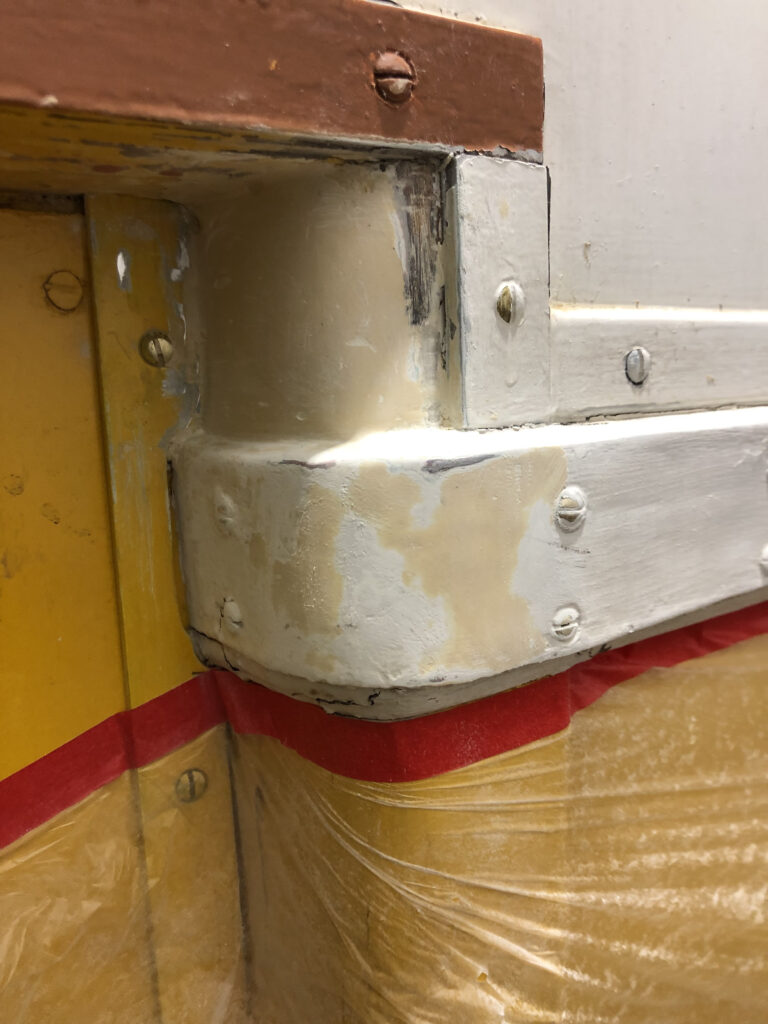

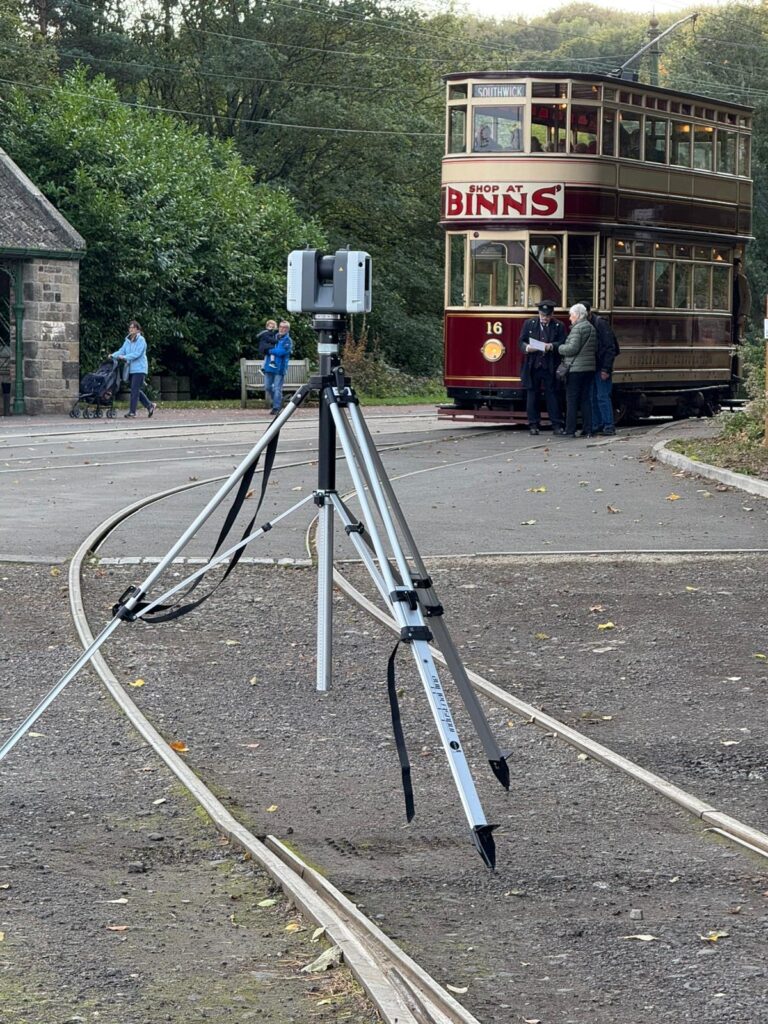
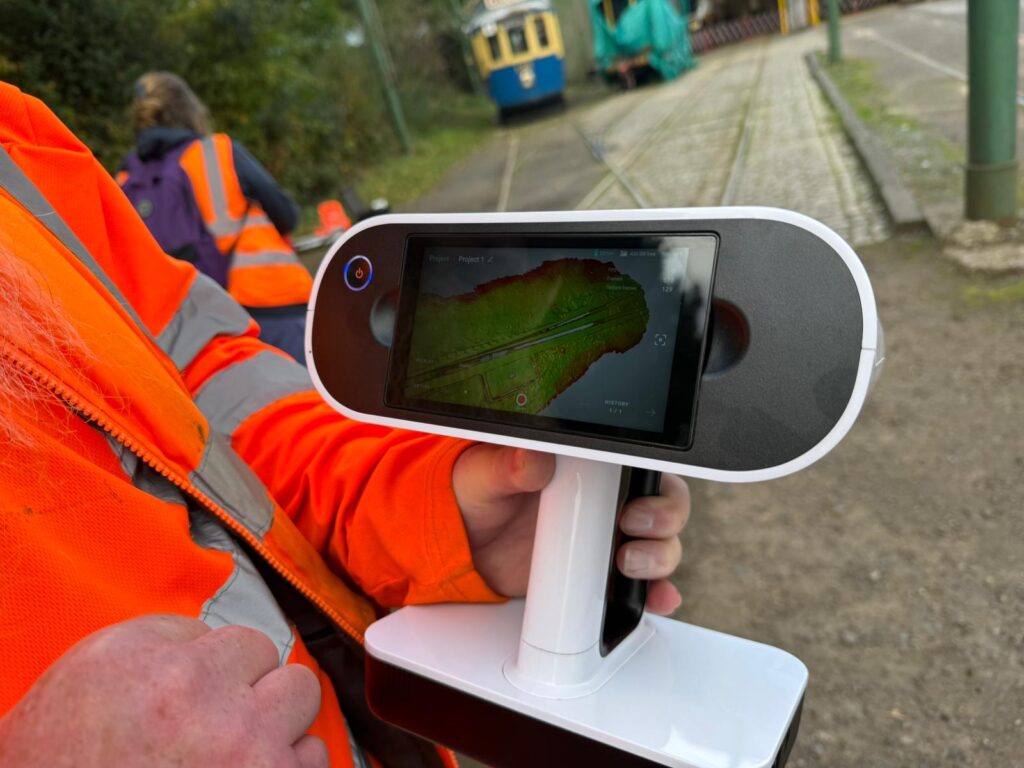

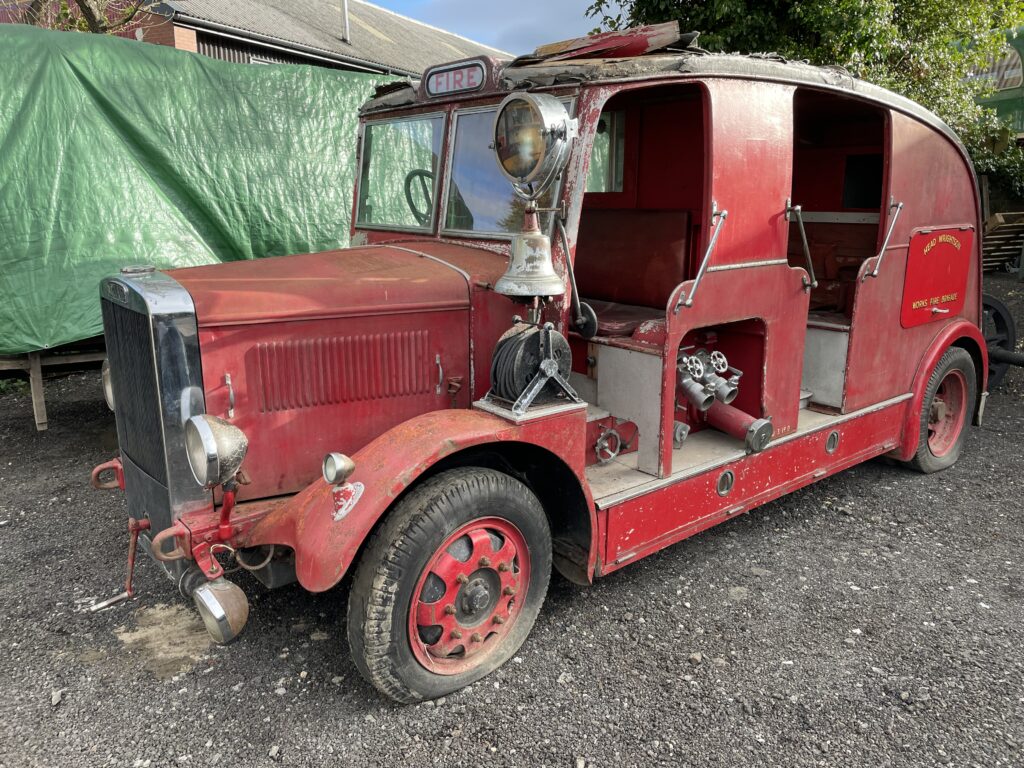
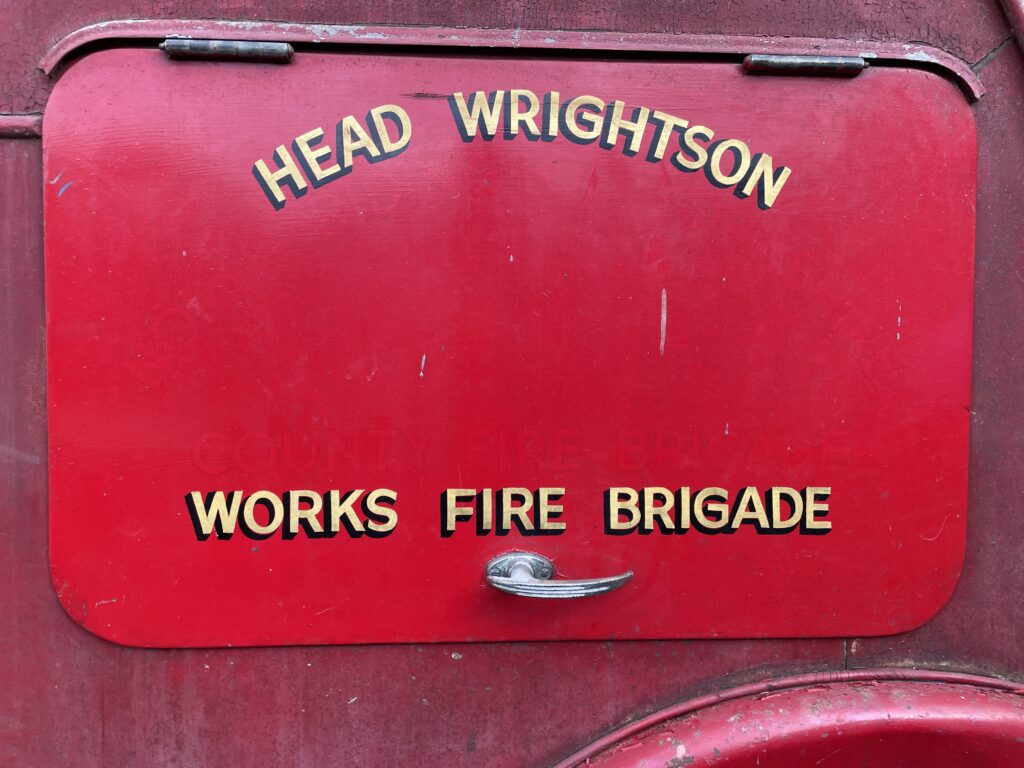

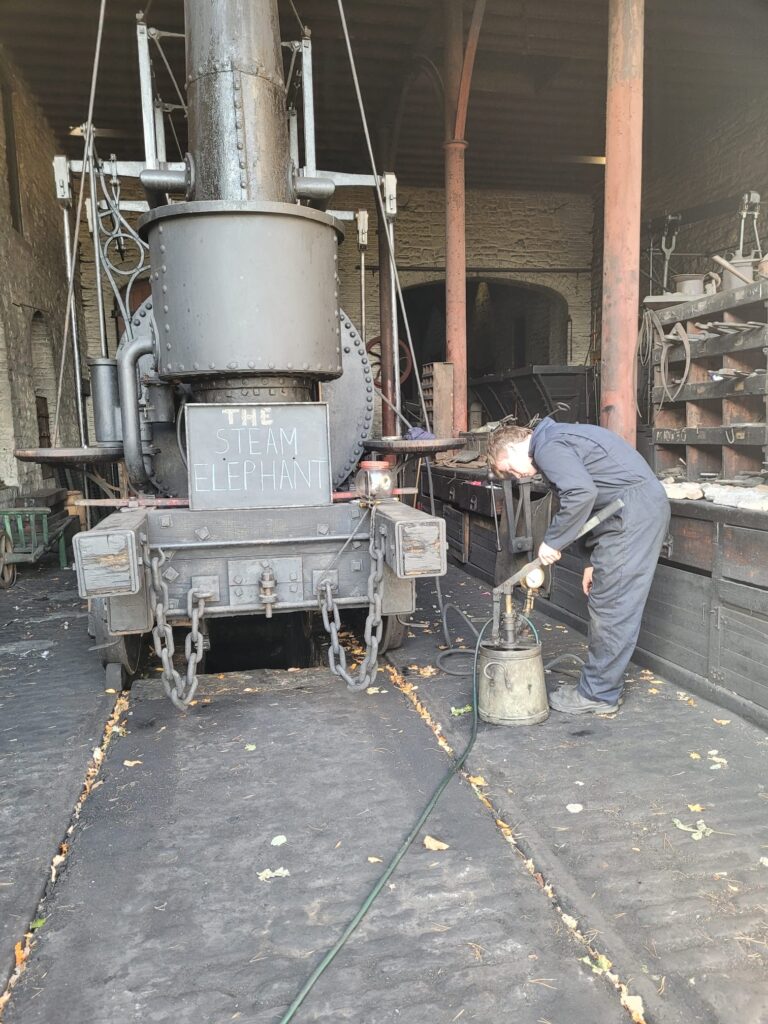
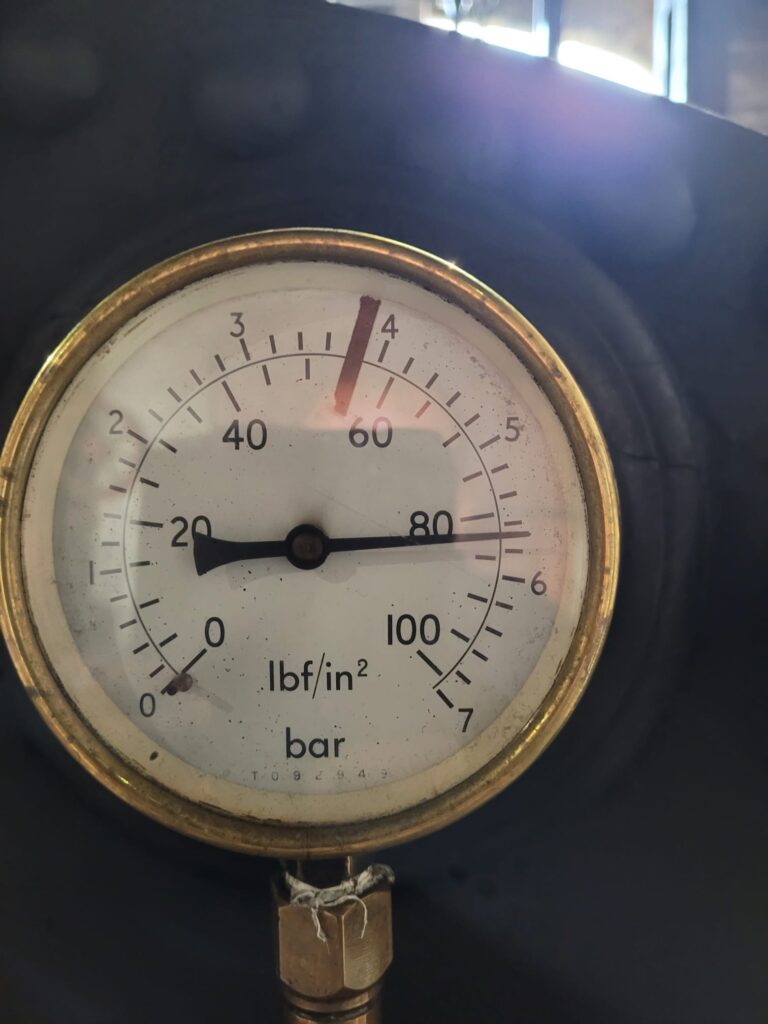
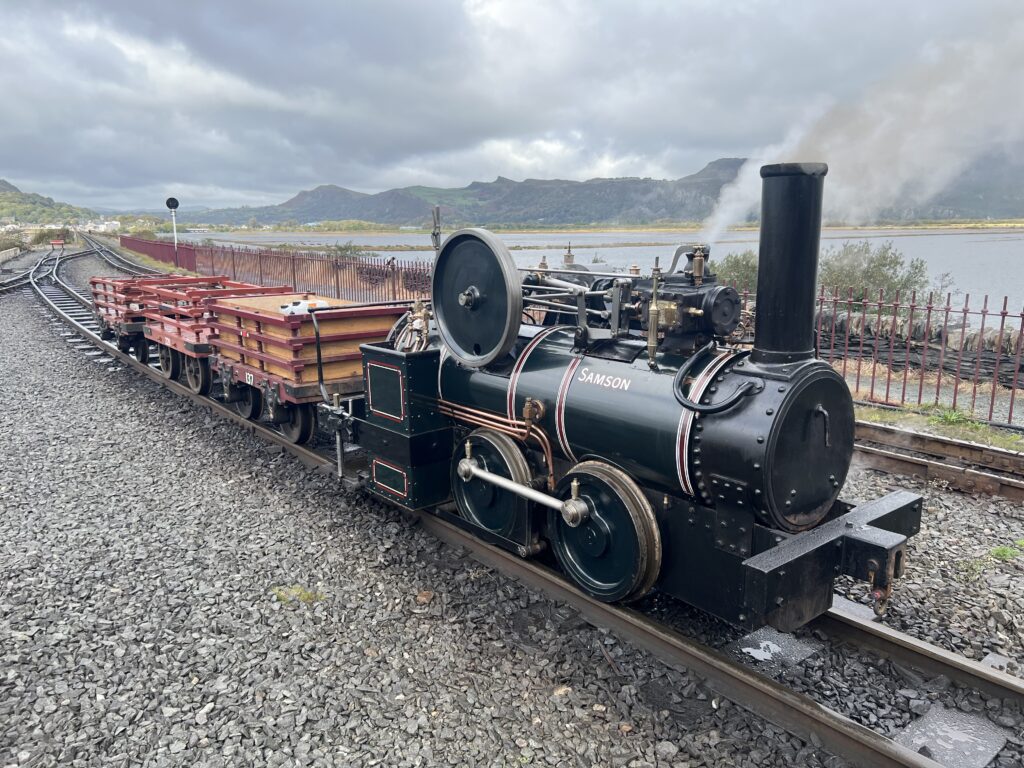

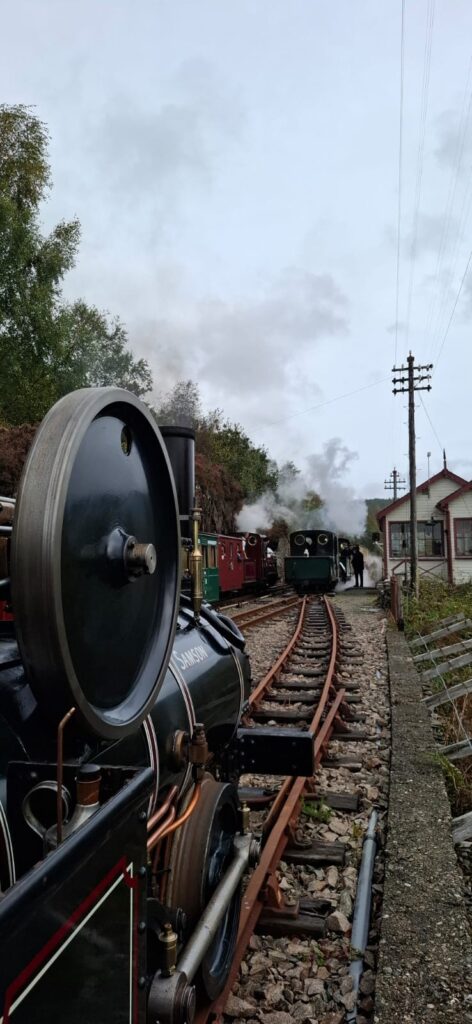
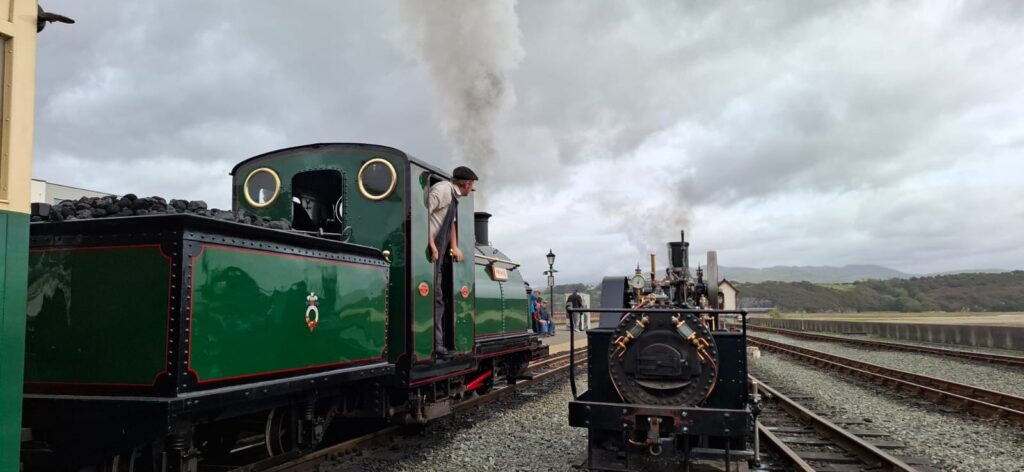
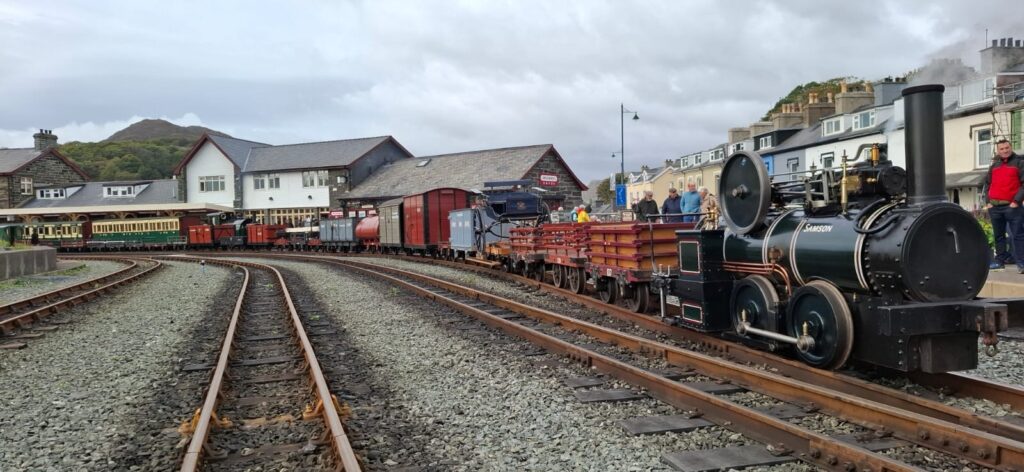
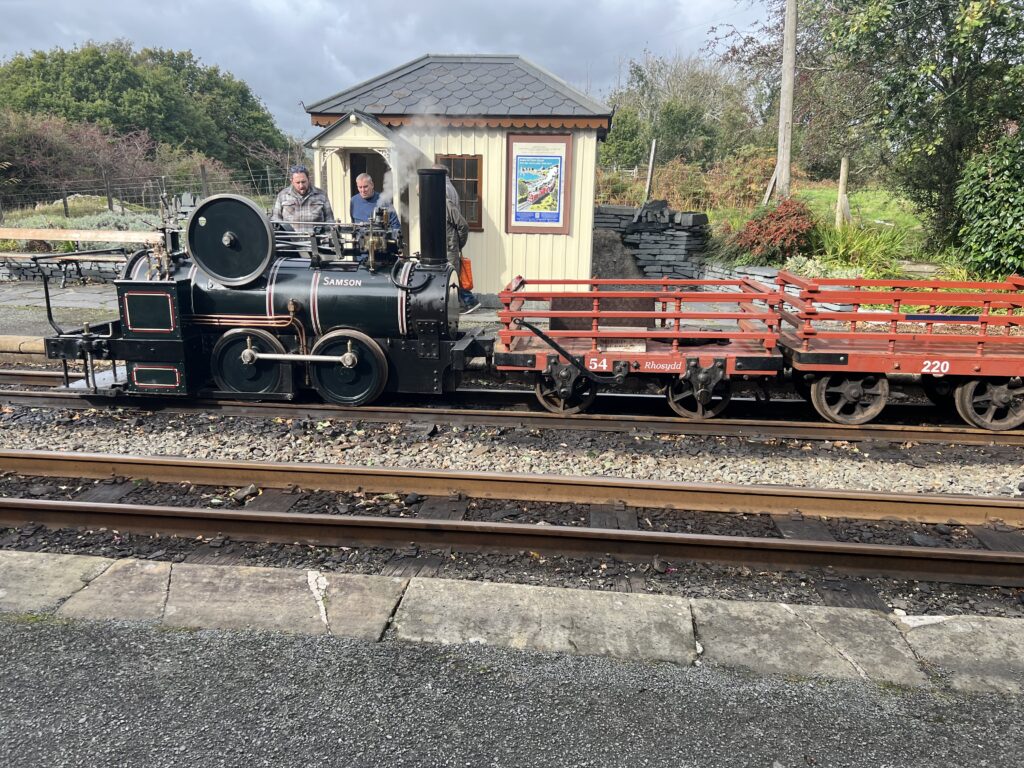
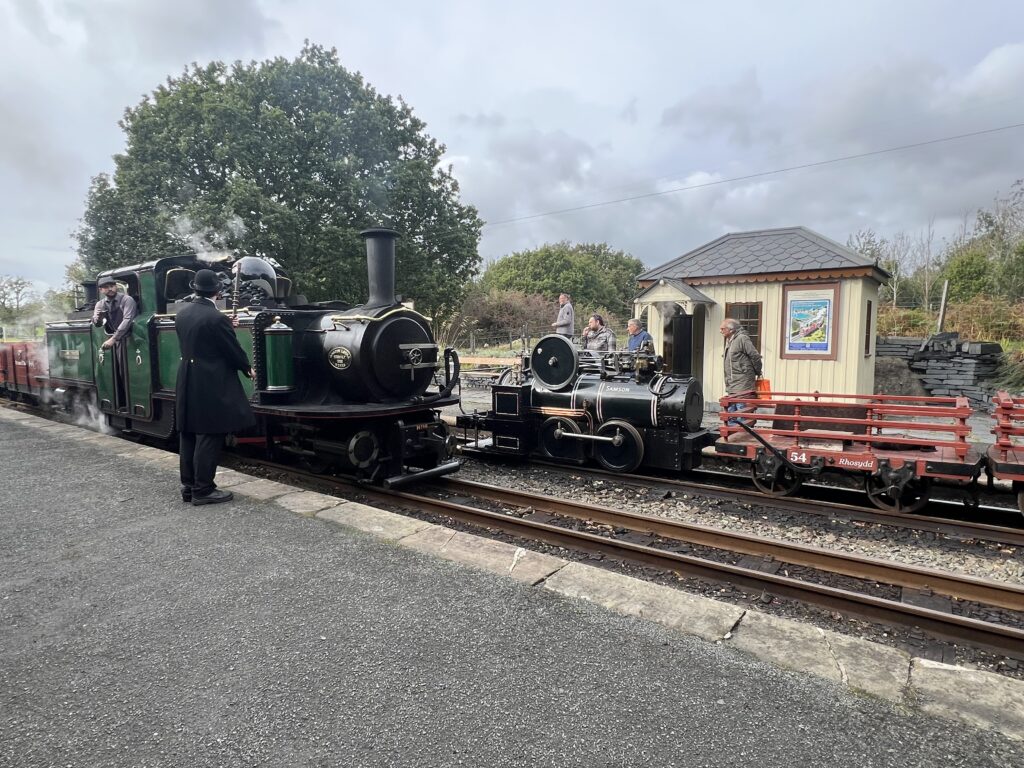
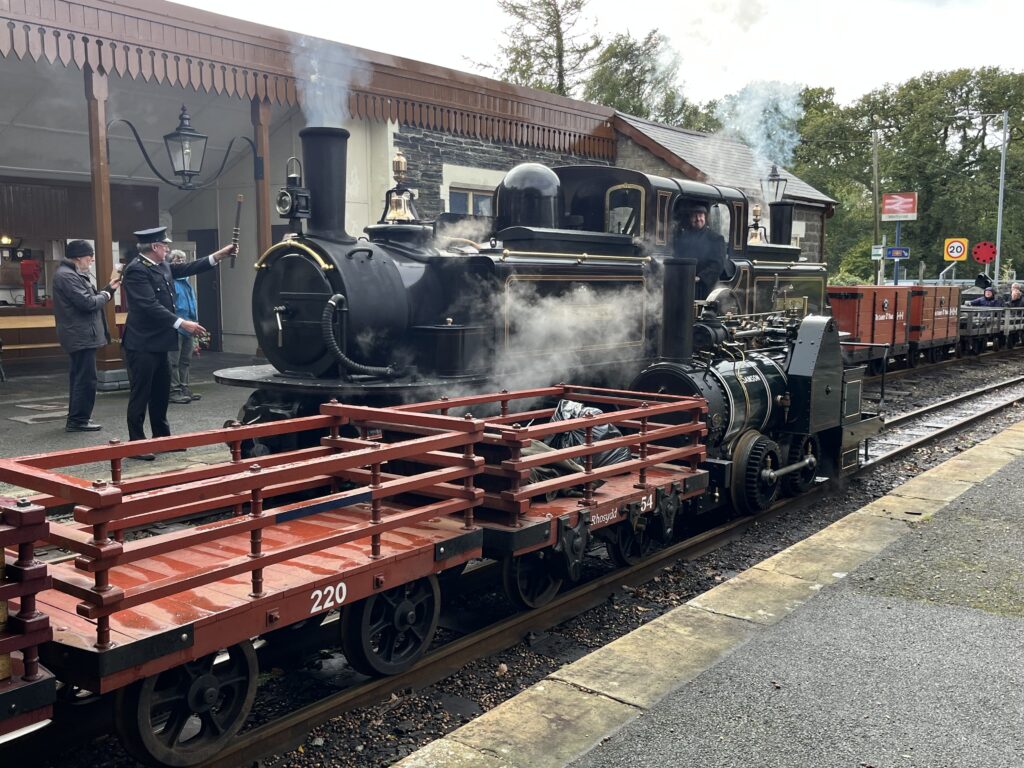





Great to see Samson doing so well, no problem with the flangeways there! a credit to Matt and his gang. When can we have it back? Dave Young